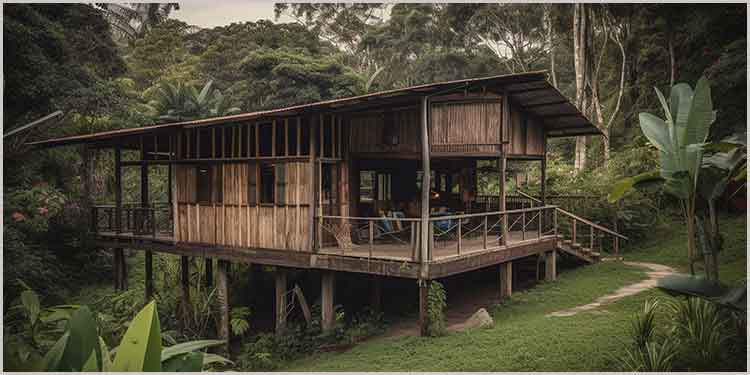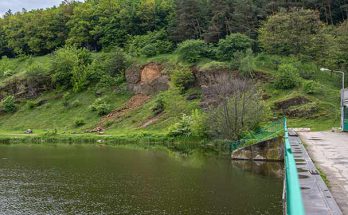
Log homes, built entirely from logs, offer a natural and rustic approach to housing that is quickly gaining interest in Kenya. While this construction method has been popular in countries like Canada, the USA, and Scandinavia for centuries, it is still relatively new in Kenya and much of Africa. In essence, log houses are not just charming they are also incredibly strong, with solid log walls that offer excellent insulation and resistance to fire due to their mass. According to Cheryl Carpenter, a professional in the industry, log homes can outperform standard stone or brick homes by more than 15% in terms of energy efficiency. This makes them ideal for Kenya’s varied climate – keeping homes cool in hot regions and warm in colder highland areas like Limuru or Tigoni.
Many Kenyans naturally have questions about building with wood, especially concerns about termites and durability. Seasoned logs used in log home construction are not appealing to wood-boring insects. Imported logs used in Kenyan log homes are typically dried, treated, and prepared to resist decay and insect damage. With proper design including good roof overhangs, rain gutters, and routine maintenance, a log home can last for generations. Kenya’s climate also supports the longevity of log homes, as it do not face extreme winters or long wet seasons that might otherwise challenge wooden structures.
While building a log home, the speed of construction is a big plus – once the pre-cut and labeled logs arrive, experienced builders can assemble a log house in nearly half the time it takes to put up a standard stone home. The process is efficient and precise, relying on architectural drawings and trained local teams. In Kenya, we now have skilled developers who are actively training workers and importing quality wood, ensuring the right knowledge is in place for long-term growth in this sector.
There are already several success stories of log structures in Kenya that show how well the idea is working. In Lower Kabete, for instance, a beautiful five-bedroom log home still looks brand new two years after construction. A log office in the same area stands strong and serves as a good demonstration of how wood can be used even for commercial purposes. On the North Coast, a beachfront development of five log homes in Vipingo has attracted attention for its aesthetic and eco-friendly appeal. Even educational institutions have joined in Brook house School recently extended its facility using log technology, giving the building a warm, natural atmosphere that blends perfectly with its existing architecture.
Looking ahead, Kenya is positioning itself as a future hub for log housing innovation. Major developments are already underway, like the planned 70-unit log home community in Tigoni, nestled within a tea farm just past Nazareth Hospital. This estate will also feature a spa resort, restaurant, and business center – all built using log construction. Riverside Drive in Nairobi is set to host Kenya’s first duplex log apartments, combining modern design with natural materials. A boutique log-style hotel is also in the pipeline, built around a serene man-made lake. With Kenya’s breath-taking landscapes and growing appreciation for natural living, log homes offer a perfect balance between sustainability, beauty, and comfort making wood not just a material, but a lifestyle for the future.



